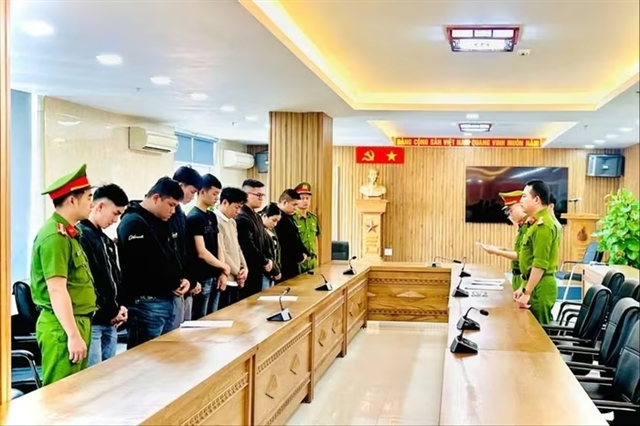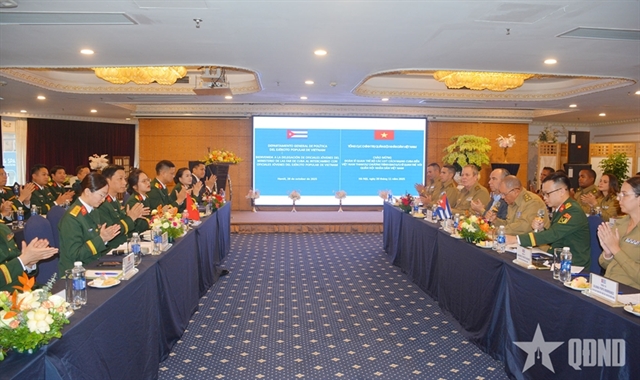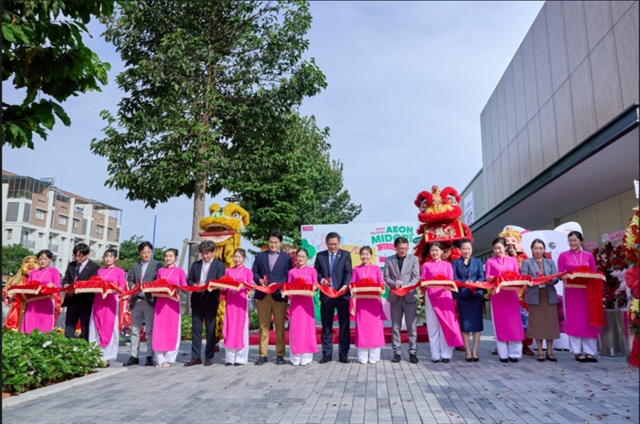 Economy
Economy

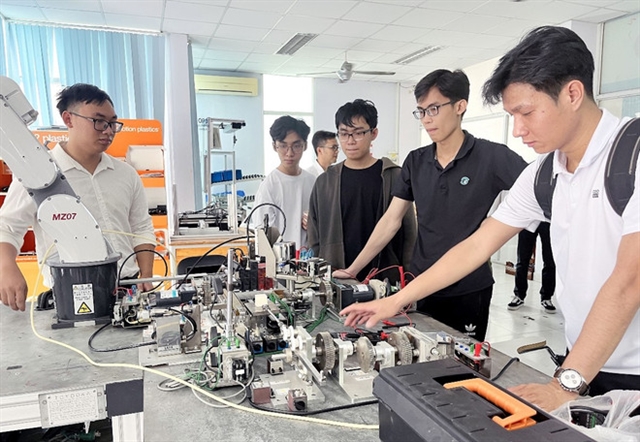 |
| Students conduct research and practice at the HCM City High-Tech Park Training Centre. — VNA/VNS Photo Thanh Vũ |
HCM CITY — Việt Nam is emerging as a competitive destination in the global semiconductor supply chain, with experts emphasising the need for stronger links between the State, academia and businesses to build a high-quality workforce and accelerate technology development.
These priorities were highlighted at an international seminar on semiconductor training, technology and applications held in HCM City on Thursday (November 27).
Co-organised by the HCM City Semiconductor Industry Association, the Saigon Hi-Tech Park (SHTP) Management Board and the city’s Investment and Trade Promotion Centre, the event was part of the HCM City Autumn Economic Forum 2025.
It provided a platform to update global training trends, new technological breakthroughs and international cooperation opportunities to support the sustainable growth of Việt Nam’s semiconductor sector.
Lê Quốc Cường, deputy head of the SHTP Management Board, said the industry can only move forward through coordinated action rather than isolated efforts.
He noted that the “three houses+” model under the Politburo’s Resolution 57 – connecting the Government, scientists, businesses and international investors – is expected to create collective strength, establish SHTP as a leading high-tech centre and enable Việt Nam to integrate more deeply into the global value chain.
“Through this model, SHTP is developing a comprehensive semiconductor ecosystem spanning training, research and development, technology transfer, manufacturing, innovation and global supply chain connectivity,” he said.
In 2024, the Government issued the national semiconductor industry development strategy through 2030 with a vision to 2050, aiming to make Việt Nam a leading regional talent hub while gradually building capacity in chip design, manufacturing, packaging and testing.
By 2030, Việt Nam targets training at least 50,000 engineers and specialists for the industry. New incentives also support enterprises investing in semiconductor and AI R&D centres, including subsidies covering up to 50 per cent of initial investment costs for key technology projects.
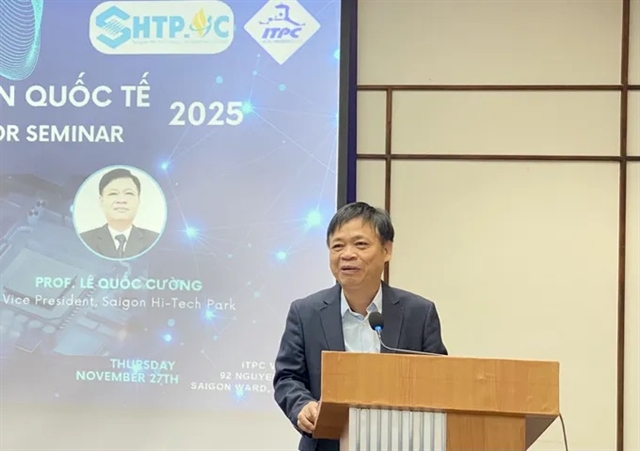 |
| Delegates share insights on training, technology and global cooperation to strengthen Việt Nam’s semiconductor ecosystem at an international seminar held in HCM City on November 27. — Photo www.sggp.org.vn |
Experts underscored the pivotal role of semiconductors in powering the global digital economy from AI, cloud computing and IoT to automotive manufacturing, clean energy and defence technologies.
Major global corporations such as Synopsys, Marvell, Infineon and Amkor have already invested or formed partnerships in Việt Nam, expanding the country’s role in the global ecosystem.
Hồ Thị Quyên, deputy director of the city’s Investment and Trade Promotion Centre, said the agency will continue coordinating with municipal departments to promote investment and deepen training cooperation to attract more semiconductor investors.
The seminar explored three main themes: developing high-quality human resources; updating technologies and applications in materials, automation, chip design and integrated circuits; and advancing international cooperation and technology transfer to build a complete semiconductor ecosystem.
Speakers also shared practical solutions, including smart-city systems by VNTT under Becamex Group, plasma surface treatment technologies from APP Viet Nam, low-code platforms for digital transformation, hermetic sealing for semiconductor packaging, and new training programmes in microchips and integrated circuits.
Participants agreed that Việt Nam must reinforce the linkage between training, research and industry to join the global value chain more effectively.
Phạm Tấn Thi from the HCM City University of Technology said the country currently has about 5,600 micro-electronics engineers, while the industry will need 500–1,000 new engineers annually over the coming years.
“However, the number of experts capable of designing a complete chip remains limited, and the conversion of university research into commercial products is still weak,” he said.
Training programmes remain largely experimental, he added, lacking lecturers with hands-on industry experience and sufficient infrastructure.
“To build a high-quality workforce, Việt Nam needs more design and testing companies, along with expanded university and postgraduate programmes, to enable Vietnamese engineers to participate deeply in the semiconductor supply chain and eventually design and commercialise home-grown chips,” he said.
The seminar helped lay the groundwork for a cross-sector, cross-border collaboration network to support talent development and innovation, strengthening Việt Nam’s position on the global semiconductor map. — VNS


